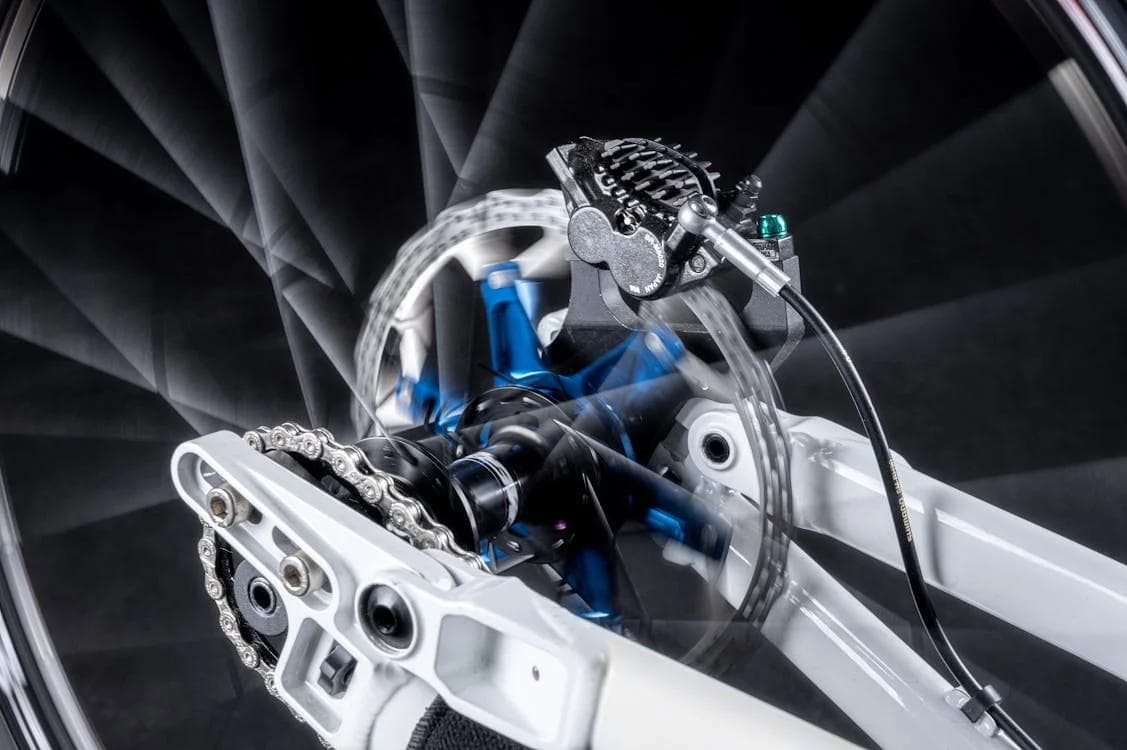Fixing Misaligned Bicycle Brakes
Riding a bicycle is not just about pedaling and steering; it's also about stopping safely. Misaligned brakes can compromise your safety, making it crucial to understand the symptoms, causes, and how to fix them. This guide will walk you through everything you need to know about misaligned bicycle brakes.
Symptoms of Misaligned Bicycle Brakes
Identifying misaligned brakes early can prevent accidents and further damage to your bike. Here are some common symptoms:
- Uneven Brake Pad Wear: One of the most noticeable signs. If one pad is more worn than the other, it's likely due to misalignment.
- Squeaking Noises: Misaligned brakes often make squeaking or scraping noises because the pads are not hitting the rim squarely.
- Poor Braking Performance: If your bike doesn't stop as quickly as it should, or if the braking feels uneven, misalignment could be the culprit.
- Brake Pad Rubbing: If you hear a constant rubbing sound or feel resistance when the brakes are not engaged, it might be due to misaligned brake pads.
Causes of Misalignment
Understanding what causes misalignment can help prevent future issues. Common causes include:
- Improper Installation: If the brakes were not correctly installed, they could become misaligned over time.
- Wear and Tear: Regular use can lead to the loosening of components, causing misalignment.
- Accidents and Impacts: Even a minor bump or fall can knock your brakes out of alignment.
- Adjustment Slippage: Over time, the brake components can slip out of their proper adjustment due to vibrations and use.
Solutions for Misaligned Bicycle Brakes
Fixing misaligned brakes is often straightforward. Here's how you can do it:
1. Adjust the Brake Pads
- Loosen the bolt that holds the brake pad.
- Align the pad so it makes full contact with the rim, not touching the tire or missing the rim.
- Tighten the bolt securely.
2. Center the Brake Calipers
- Loosen the caliper mounting bolt slightly. This bolt is usually found at the top of the caliper.
- Center the caliper by manually moving it so the pads are equidistant from the rim.
- Tighten the mounting bolt while holding the caliper in place.
3. Adjust the Brake Cable Tension
- Loosen the bolt that secures the brake cable.
- Pull the cable to the desired tension. You might need pliers for a firm grip.
- Retighten the bolt to secure the cable.
4. Regular Maintenance
- Regularly check your brake alignment and pad wear.
- Clean your rims and brake pads to ensure optimal performance.
Conclusion
Misaligned bicycle brakes can significantly affect your riding experience and safety. By recognizing the symptoms and understanding the causes, you can take proactive steps to fix the issue. Regular maintenance and adjustments are key to ensuring your brakes are always in top condition. Remember, if you're ever unsure about performing these adjustments yourself, it's best to consult a professional mechanic. Safe riding!
